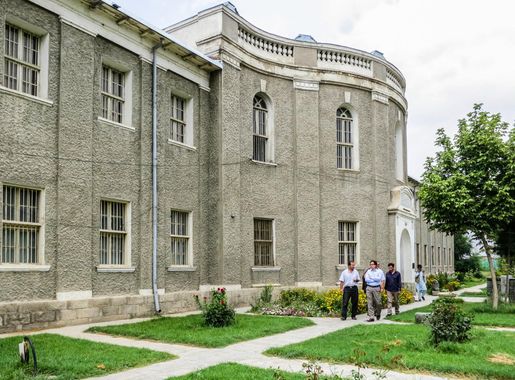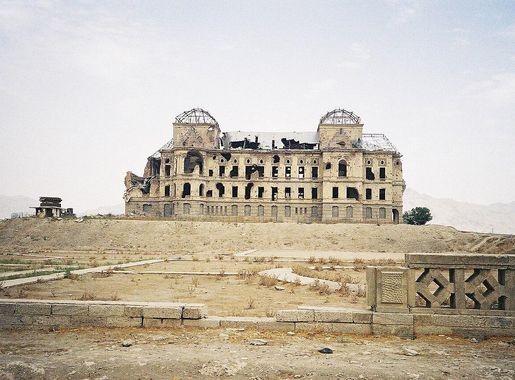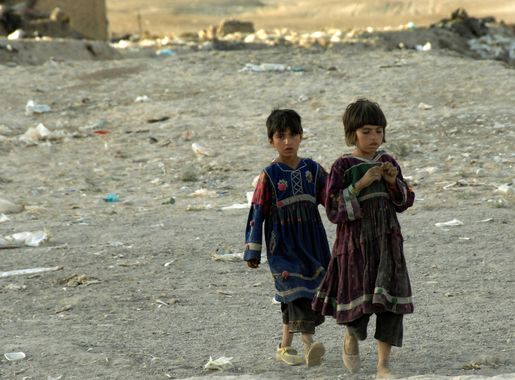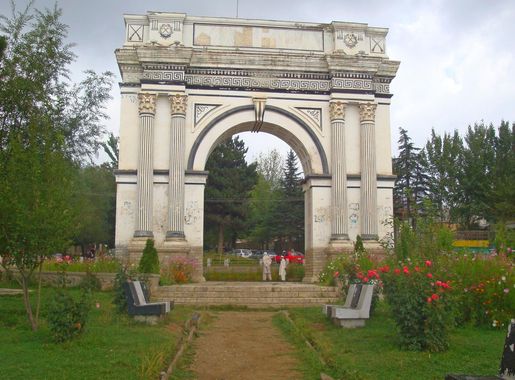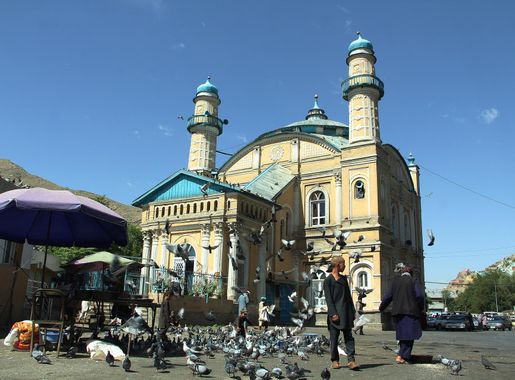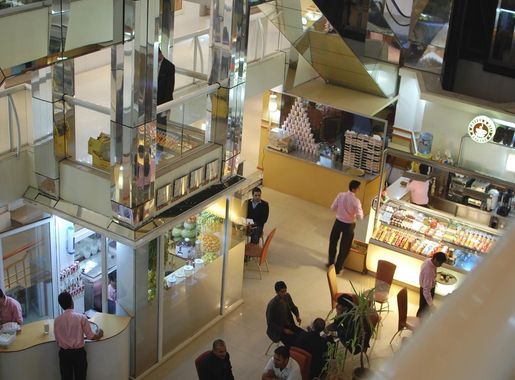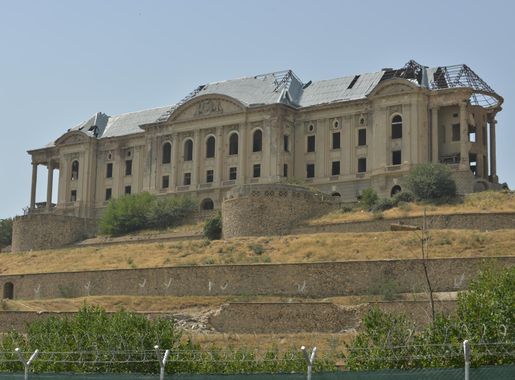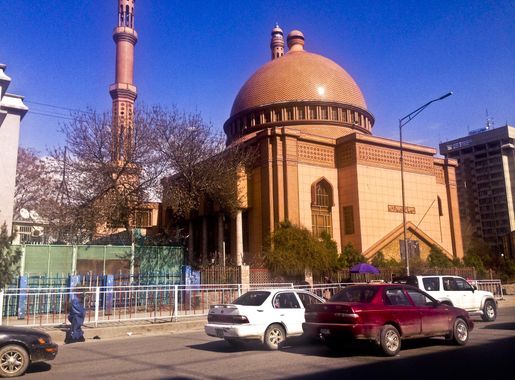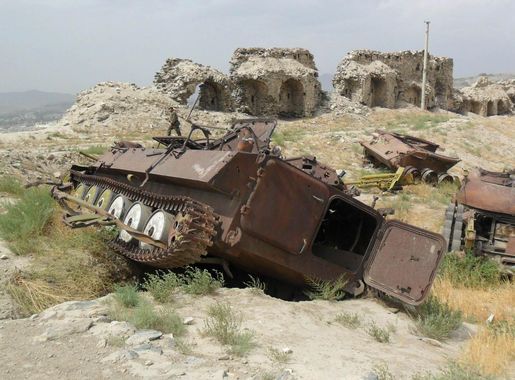
Exploring the Timeless Charm of Shahr-e Zahir
Discover Shahr-e Zahir in Kabul: A vibrant neighborhood steeped in history, culture, and culinary delights, offering an unforgettable experience for every tourist.
Nestled in the heart of Kabul, Shahr-e Zahir is a historical gem that offers a glimpse into Afghanistan's rich cultural heritage. This vibrant neighborhood is known for its bustling bazaars, ancient architecture, and warm, welcoming locals. Whether you're a history buff, an avid shopper, or a culinary enthusiast, Shahr-e Zahir has something to captivate every traveler. Begin your journey by wandering through the narrow alleys lined with traditional Afghan buildings. The intricate designs and craftsmanship of the structures are a testament to the neighborhood's storied past. Don't miss the chance to visit the local mosques and shrines, where you can witness the spiritual life of the community and admire the stunning Islamic art and architecture. Shahr-e Zahir is also a shopper's paradise. The lively markets are brimming with colorful textiles, handcrafted jewelry, and exotic spices. Be sure to haggle with the friendly vendors to get the best deals. After a day of exploration, indulge in the local cuisine at one of the neighborhood's many eateries. Savor authentic Afghan dishes like kebabs, pilaf, and fresh naan bread, all prepared with locally sourced ingredients.
Local tips in Shahr-e Zahir
- Visit early in the morning to avoid the crowds and enjoy a more relaxed shopping experience.
- Dress modestly to respect local customs and traditions.
- Carry cash, as many vendors in the markets do not accept credit cards.
- Try to learn a few basic phrases in Dari or Pashto to enhance your interactions with locals.
- Keep your belongings secure, as the bustling markets can be a hotspot for pickpockets.
Exploring the Timeless Charm of Shahr-e Zahir
Nestled in the heart of Kabul, Shahr-e Zahir is a historical gem that offers a glimpse into Afghanistan's rich cultural heritage. This vibrant neighborhood is known for its bustling bazaars, ancient architecture, and warm, welcoming locals. Whether you're a history buff, an avid shopper, or a culinary enthusiast, Shahr-e Zahir has something to captivate every traveler. Begin your journey by wandering through the narrow alleys lined with traditional Afghan buildings. The intricate designs and craftsmanship of the structures are a testament to the neighborhood's storied past. Don't miss the chance to visit the local mosques and shrines, where you can witness the spiritual life of the community and admire the stunning Islamic art and architecture. Shahr-e Zahir is also a shopper's paradise. The lively markets are brimming with colorful textiles, handcrafted jewelry, and exotic spices. Be sure to haggle with the friendly vendors to get the best deals. After a day of exploration, indulge in the local cuisine at one of the neighborhood's many eateries. Savor authentic Afghan dishes like kebabs, pilaf, and fresh naan bread, all prepared with locally sourced ingredients.
Iconic landmarks you can’t miss
Babur Garden
Explore the serene Babur Garden in Kabul, a historical park that combines natural beauty with rich Afghan heritage for an unforgettable experience.
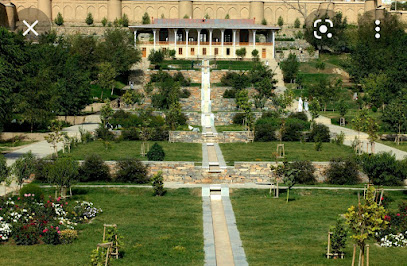
DarulAman Palace
Discover the historic DarulAman Palace in Kabul, a stunning architectural marvel symbolizing Afghanistan's rich heritage and resilience.

City park
Explore City Park in Kabul, a green oasis perfect for relaxation, cultural experiences, and family fun amidst the vibrant city life.
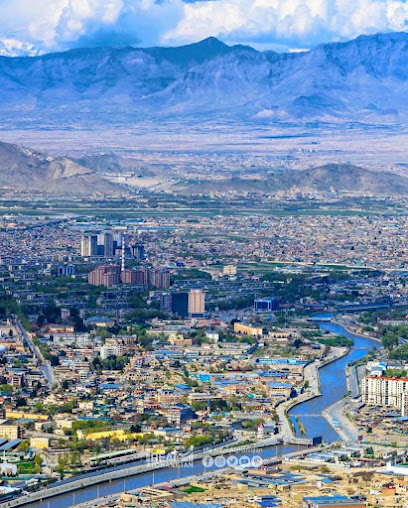
Qale'H-Ye-Balahissar
Discover the historic Qale'H-Ye-Balahissar, a majestic fortress in Kabul offering stunning views and a rich tapestry of Afghanistan's heritage.
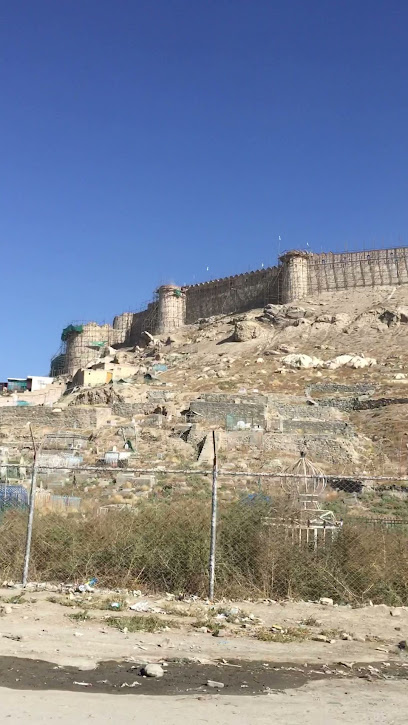
Qalaye Zaman Khan Bus Stop
Explore the vibrant culture of Kabul at Qalaye Zaman Khan Bus Stop, a vital hub for local transit and a window into daily Afghan life.
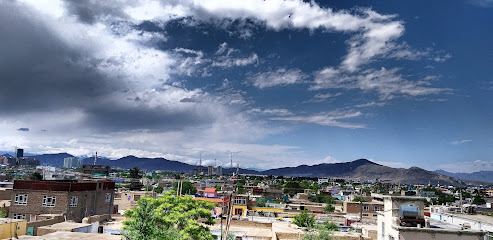
مسجد جامع سفید زاخیل ها
Explore the architectural beauty and cultural significance of the White Mosque in Kabul, a serene oasis in the heart of the city.
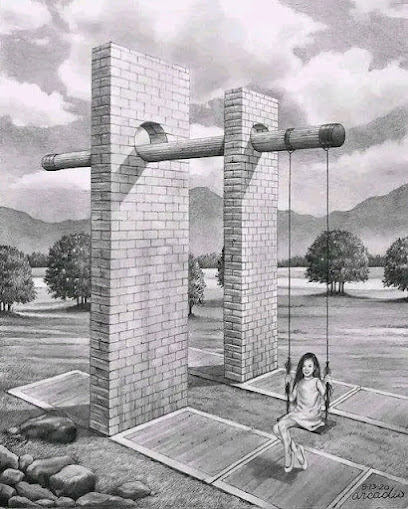
Kabul Fortress
Discover the historical significance and breathtaking views of Kabul Fortress, a testament to Afghanistan's enduring spirit and architectural heritage.
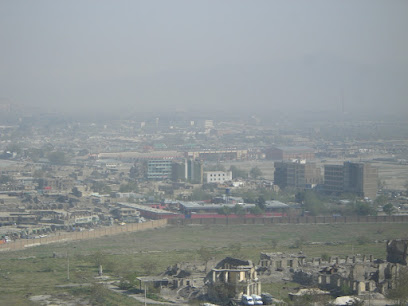
زنبق څلورلارې
Explore the artistic legacy of Kabul at Zenbq Khulrari, a celebrated monument maker showcasing rich Afghan craftsmanship and cultural heritage.

دیوار زمبورگ شاه
Discover the historical beauty of Diwar Zamburak Shah in Kabul, a masterpiece of Afghan architecture and a symbol of cultural resilience.

Old Taimani Square
Explore the vibrant Old Taimani Square in Kabul, a cultural hub filled with local shops, delicious cuisine, and the warm spirit of Afghan community life.

Unmissable attractions to see
Kabul Zoo
Explore Kabul Zoo, a vibrant wildlife sanctuary in Afghanistan, offering an unforgettable experience for animal lovers and families alike.
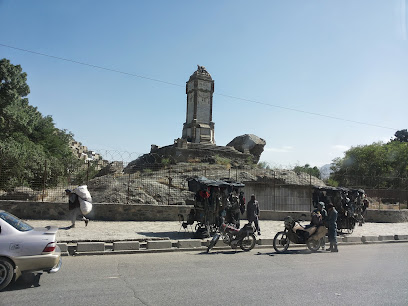
Babur Garden
Explore Babur Garden in Kabul: A historical park with lush landscapes, rich Mughal heritage, and stunning views of Afghanistan's capital.
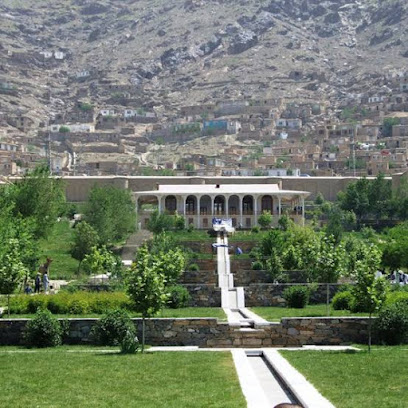
Qargha Lake Park
Experience the serene beauty of Qargha Lake Park, Kabul's tranquil oasis for nature lovers and adventure seekers alike.
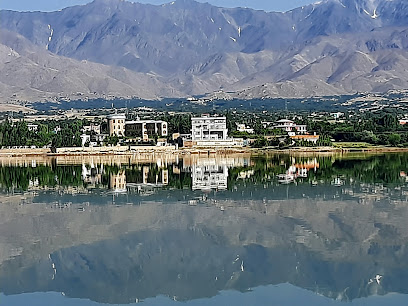
City park
Discover tranquility in the heart of Kabul at City Park, a lush urban oasis perfect for relaxation, picnics, and cultural experiences.
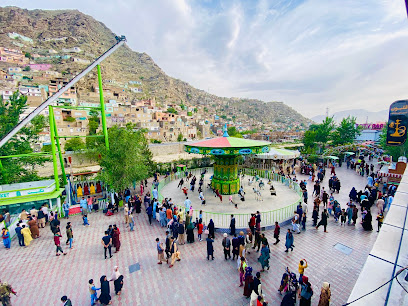
مسجد جامع سفید زاخیل ها
Explore the White Mosque of Zakhil in Kabul, a stunning architectural gem reflecting Afghanistan's rich cultural heritage and spiritual devotion.
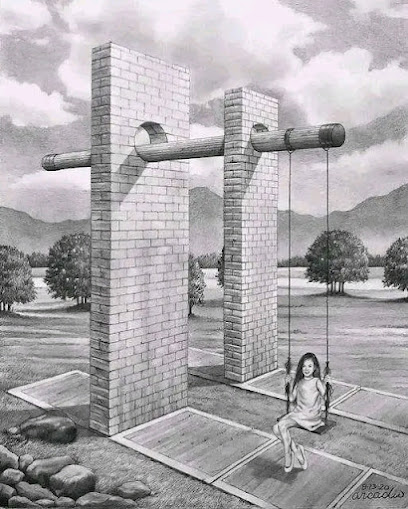
OMAR Mine ERW War Museum
Explore the OMAR Mine ERW War Museum in Kabul, a vital educational center highlighting the impact of war and promoting community safety through awareness.
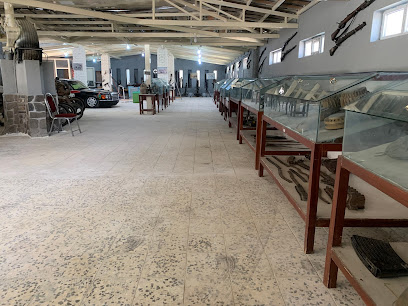
دیوار زمبورگ شاه
Explore the historic Diywar Zamburak Shah in Kabul, a stunning tourist attraction showcasing Afghanistan's rich cultural heritage and architectural beauty.

Zarnegar park
Discover the tranquility of Zarnegar Park, a beautiful urban oasis in Kabul, perfect for relaxation, picnics, and picturesque views.
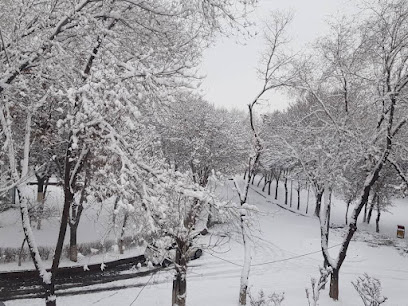
Essential places to dine
Bukhara Restaurant
Discover authentic Afghan cuisine at Bukhara Restaurant in Kabul - where rich flavors meet warm hospitality.
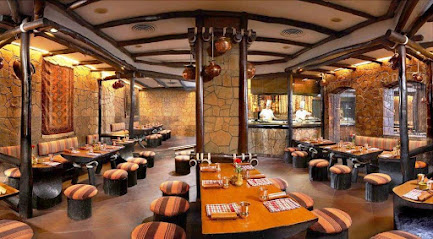
Yummy Fast Food
Discover fast food delights at Yummy Fast Food in Kabul, offering delicious meals that blend local flavors with international favorites.
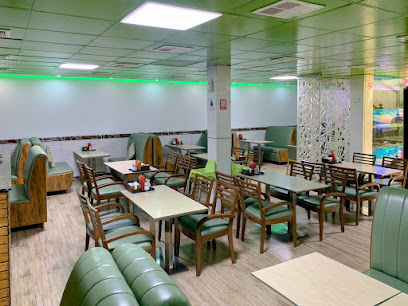
Jumeirah Restaurant Kabul
Discover authentic Afghan flavors at Jumeirah Restaurant Kabul – where every meal is a celebration of tradition and taste.
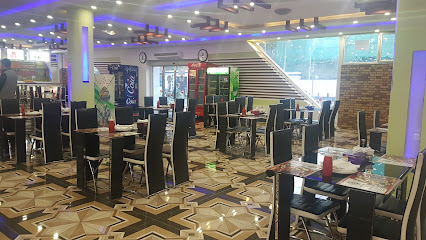
Ziyafat Restaurant
Savor authentic Afghan flavors at Ziyafat Restaurant in Kabul – where tradition meets taste in every dish.
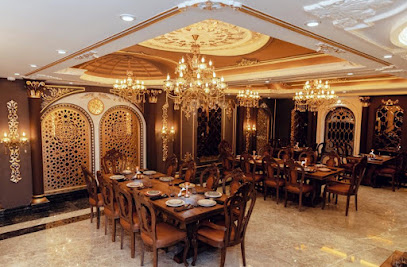
Sufi Mahal Restaurant ( رستورانت صوفی محل )
Experience authentic Afghani cuisine at Sufi Mahal Restaurant in Kabul - where tradition meets flavor in every dish.
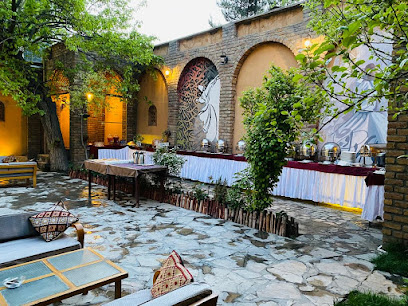
Chinar Restaurant & Café
Discover authentic Afghan flavors at Chinar Restaurant & Café in Kabul – where tradition meets modern dining in a warm atmosphere.

Le Bistro
Discover Le Bistro in Kabul - where authentic Afghan flavors meet warm hospitality for an unforgettable dining experience.
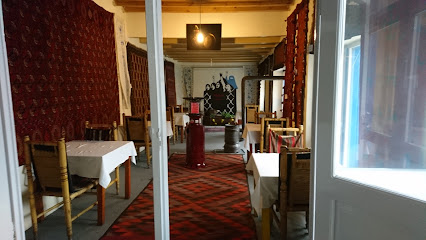
Lucky Town Resturant
Experience the rich flavors of Afghan cuisine at Lucky Town Restaurant in Shahre Naw – where every meal tells a story.
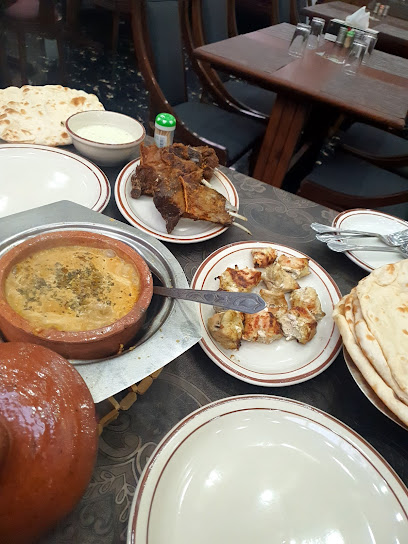
Bocaccio Italian Restaurant
Experience authentic Italian cuisine in Kabul at Bocaccio Restaurant – where flavor meets tradition.
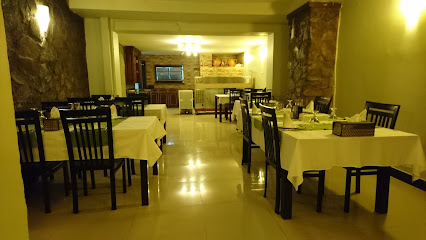
Arzoo e Shahr Wedding
Experience the essence of Afghan culture through delightful cuisine at Arzoo e Shahr Wedding in Kabul.
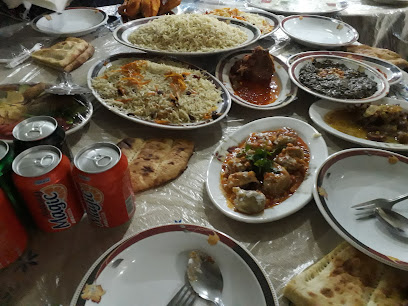
Markets, malls and hidden boutiques
Kabul City Center
Discover the vibrant shopping scene and rich culture at Kabul City Center, the premier shopping destination in Afghanistan's capital.
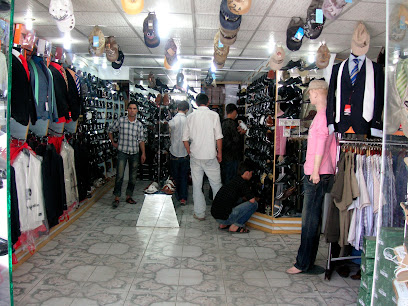
Park Mall
Discover Park Mall in Kabul, where modern shopping meets Afghan culture with a diverse range of stores, dining, and entertainment.
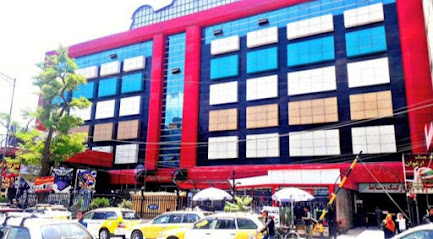
Dawoodzai Shopping Mall
Discover a vibrant shopping experience at Dawoodzai Shopping Mall in Kabul, where modern retail meets Afghan culture.
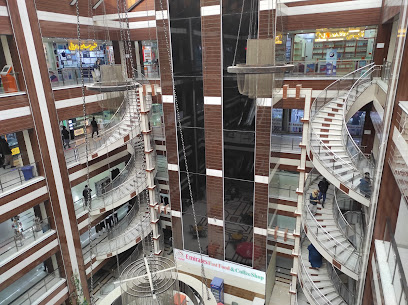
چهاردهي بزنس سینټر
Discover the heartbeat of Kabul at the Fourdahi Business Center, a bustling shopping mall filled with local culture and modern retail.
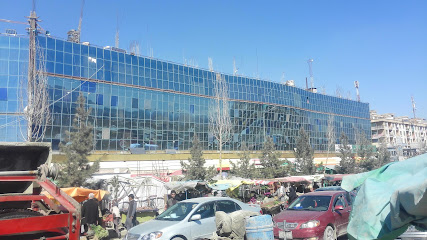
Naaz Boutique Afghani dresses store
Explore the heart of Afghan fashion at Naaz Boutique, featuring exquisite Afghani dresses and unique cultural craftsmanship.
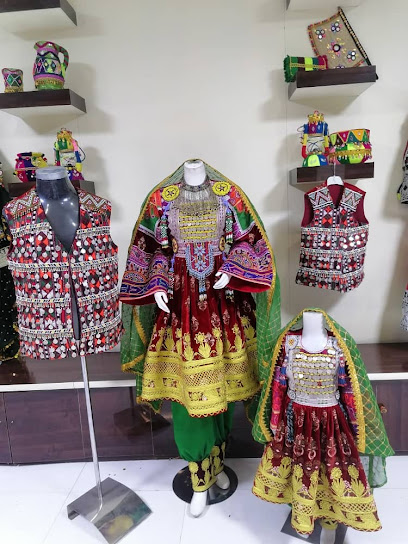
Afghan Mart-Afghanistan's Online Shopping فروشگاه افغان مارت
Explore the vibrant shopping landscape of Kabul at Afghan Mart, where tradition meets modernity in a unique retail experience.
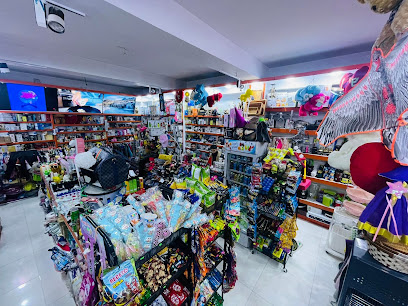
Soholat.com
Discover the vibrant world of Afghan fashion at Soholat in Kabul, where traditional attire meets modern style in a welcoming shopping atmosphere.
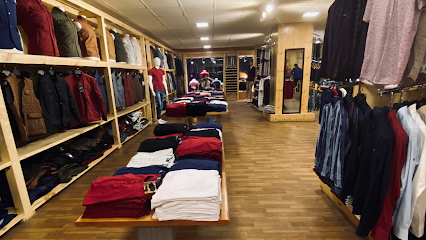
Rahmanian Shopping Center
Explore the Rahmanian Shopping Center in Kabul – a vibrant shopping hub featuring a variety of stores from clothing to bridal wear.
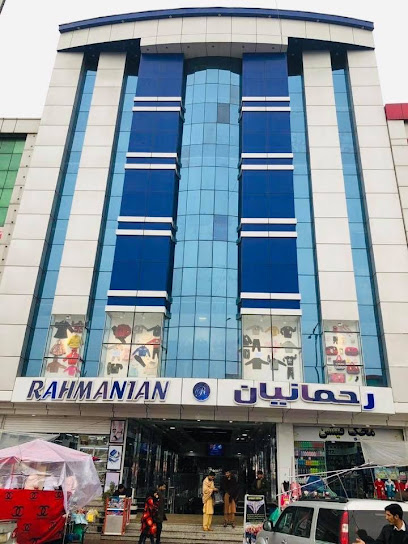
Habib Shopping Mall
Explore Habib Shopping Mall, a vibrant shopping center in Kabul offering a mix of local and international brands, dining, and cultural experiences.
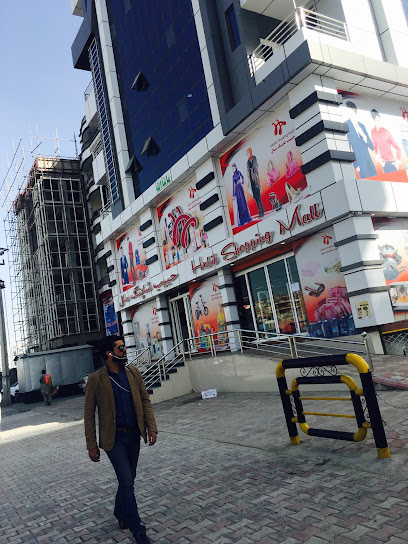
چهاردهی مارکیت
Discover the essence of Afghan culture at چهاردهی مارکیت, a grocery store brimming with local flavors and community spirit in Kabul.
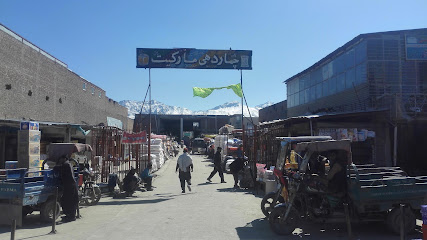
فروشگاه رحيمي Rahimi store
Discover authentic Afghan fashion at Rahimi Store, a vibrant clothing store in Kabul showcasing rich cultural heritage and unique craftsmanship.
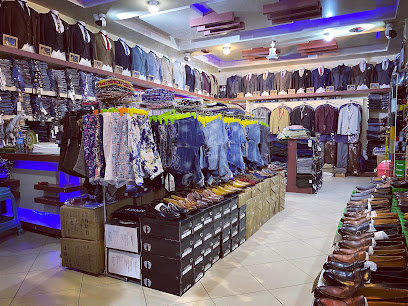
Kabul shop
Explore Kabul Shop in the Gul Bahar Center for a unique blend of traditional Afghan fashion and modern style, perfect for every traveler.
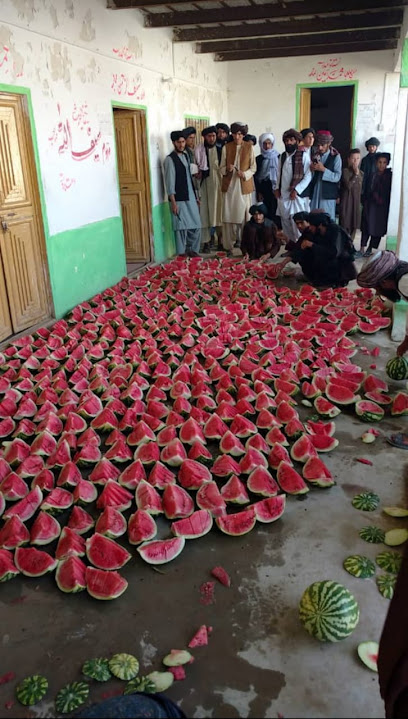
Store
Immerse yourself in the vibrant local culture of Kabul at this charming store, showcasing unique Afghan goods and friendly hospitality.

Kabul Afghanistan
Discover Kabul, Afghanistan: A vibrant city rich in history, culture, and breathtaking landscapes waiting to be explored.

Zahir Rice Store
Explore the Zahir Rice Store in Kabul, where Afghan culture flourishes through an exquisite selection of rice and local specialties.
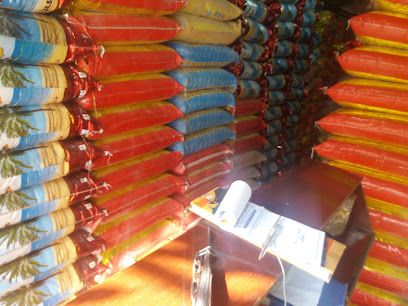
Essential bars & hidden hideouts
The Cafeteria
Experience the rich flavors of Afghanistan at The Cafeteria, a top-rated restaurant in Kabul's vibrant Shahr-e-Now district.
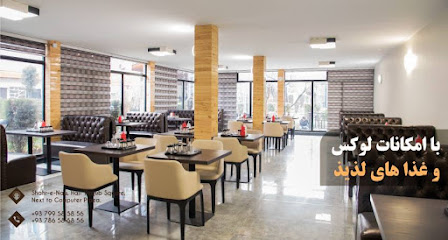
Yummy Fast Food
Experience a fusion of Afghan flavors and fast-food delights at Yummy Fast Food in Kabul, the perfect stop for food-loving travelers.
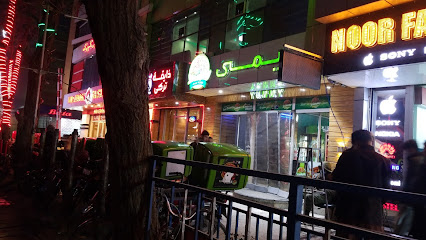
Jumeirah Restaurant Kabul
Discover the rich flavors of Afghanistan at Jumeirah Restaurant, the perfect spot to savor authentic Afghan cuisine in the heart of Kabul.
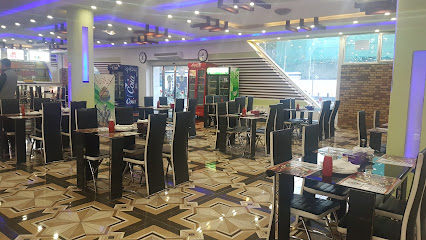
Ziyafat Restaurant
Discover the heart of Afghan cuisine at Ziyafat Restaurant in Kabul, where every dish tells a story of tradition and flavor.
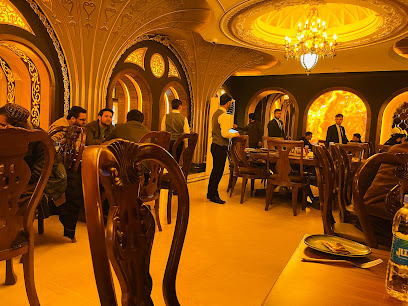
Sufi Mahal Restaurant ( رستورانت صوفی محل )
Discover authentic Afghani cuisine at Sufi Mahal Restaurant in Kabul, where tradition meets taste for an unforgettable dining experience.
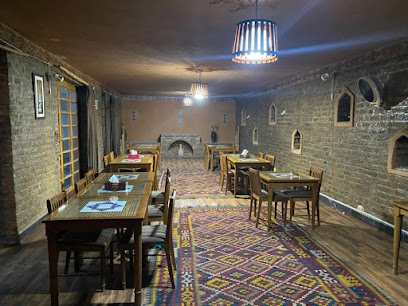
Chinar Restaurant & Café
Experience the rich flavors of Afghan cuisine at Chinar Restaurant & Café, a culinary gem in the heart of Kabul, perfect for all food lovers.

Le Bistro
Experience the best of Afghan and international cuisine at Le Bistro in Kabul, where every dish tells a story of flavor and tradition.
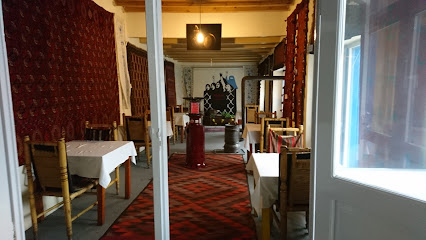
The Cafeteria Kart-e-char
Discover exquisite fast food flavors at The Cafeteria Kart-e-char in Kabul's vibrant Kart-e-char district.
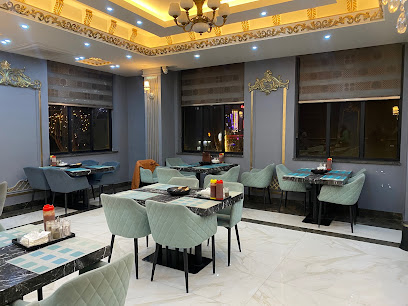
حمام حاجي مير احمد
Explore the charm of حمام حاجي مير احمد in Kabul, where local culture and relaxation meet in a vibrant bar atmosphere.
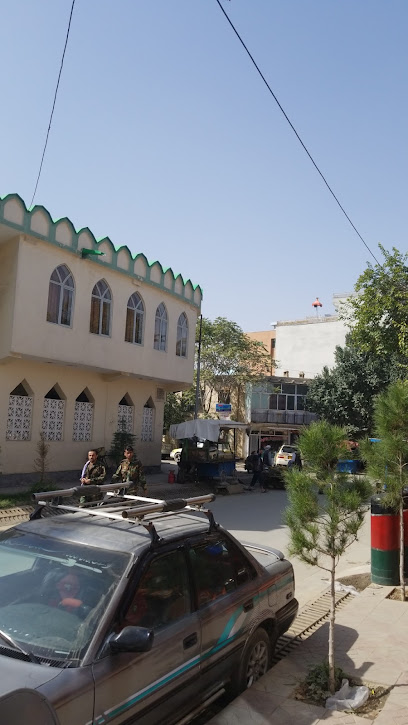
Kabul Afghanistan
Experience a taste of America in the heart of Kabul, where comfort food meets vibrant culture.

Local Phrases
-
- Helloسلام
[salaam] - Goodbyeخداحافظ
[khoda hafez] - Yesبله
[baleh] - Noنه
[na] - Please/You're welcomeلطفاً
[lotfan] - Thank youممنون
[mamnoon] - Excuse me/Sorryببخشید
[bebakhshid] - How are you?حال شما چطور است؟
[haal-e shoma chetor ast?] - Fine. And you?خوبم. شما؟
[khobam. shoma?] - Do you speak English?آیا شما انگلیسی صحبت می کنید؟
[aya shoma englisi sohbat mikonid?] - I don't understandمن نمی فهمم
[man nemi fahmam]
- Helloسلام
-
- I'd like to see the menu, pleaseلطفاً منو را ببینید
[lotfan menu ra bebinid] - I don't eat meatمن گوشت نمی خورم
[man goosht nemi khoram] - Cheers!سلامتی!
[salamati] - I would like to pay, pleaseلطفاً می خواهم پرداخت کنم
[lotfan mikham pardakht konam]
- I'd like to see the menu, pleaseلطفاً منو را ببینید
-
- Help!کمک!
[komak] - Go away!برو!
[boro] - Call the Police!پلیس را صدا کنید!
[polis ra seda konid] - Call a doctor!یک دکتر صدا کنید!
[yek doctor seda konid] - I'm lostگم شده ام
[gom shode am] - I'm illمن بیمار هستم
[man bimar hastam]
- Help!کمک!
-
- I'd like to buy...می خواهم بخرم...
[mikham bekharam...] - I'm just lookingمن فقط دارم نگاه می کنم
[man faqat daram negah mikonam] - How much is it?قیمتش چقدر است؟
[ghimatash chand ast?] - That's too expensiveخیلی گران است
[kheili geran ast] - Can you lower the price?می توانید قیمت را پایین بیاورید؟
[mitavanid gheymat ra pain biavarid?]
- I'd like to buy...می خواهم بخرم...
-
- What time is it?ساعت چند است؟
[saat chand ast?] - It's one o'clockیک ساعت است
[yek saat ast] - Half past (10)نیمه به ده
[nimeh be dah] - Morningصبح
[sobh] - Afternoonبعد از ظهر
[ba'd az zohr] - Eveningعصر
[asr] - Yesterdayدیروز
[dirooz] - Todayامروز
[emrooz] - Tomorrowفردا
[farda] - 1یک
[yek] - 2دو
[do] - 3سه
[se] - 4چهار
[chahar] - 5پنج
[panj] - 6شش
[shesh] - 7هفت
[haft] - 8هشت
[hasht] - 9نه
[noh] - 10ده
[dah]
- What time is it?ساعت چند است؟
-
- Where's a/the...?کجاست ...؟
[koja ast...?] - What's the address?آدرس چیست؟
[adres chist?] - Can you show me (on the map)?می توانید به من نشان دهید؟
[mitavanid be man neshan dahid?] - When's the next (bus)?بعدی کی می آید؟
[badi ki miayad?] - A ticket (to ....)یک بلیط (به ...)
[yek bilete (be ...)]
- Where's a/the...?کجاست ...؟
History of Shahr-e Zahir
-
Shahr-e Zahir, a prominent neighbourhood in Kabul, was established during the reign of King Zahir Shah in the mid-20th century. This period marked a significant transformation in Kabul's urban landscape, as the city expanded rapidly in response to modernization efforts and population growth. The neighbourhood was envisioned as a contemporary residential area, reflecting the aspirations of the Afghan monarchy.
-
Throughout the decades, Shahr-e Zahir has evolved into a vibrant cultural melting pot, attracting diverse communities from various ethnic backgrounds, including Pashtuns, Tajiks, and Hazaras. This cultural diversity is evident in the neighbourhood's architecture, local markets, and community gatherings, which celebrate a variety of traditions and customs that enrich the social fabric of Kabul.
-
The Soviet invasion of Afghanistan in 1979 had profound effects on Shahr-e Zahir and Kabul as a whole. During this tumultuous period, the neighbourhood experienced significant upheaval, with many residents displaced due to conflict. The war led to the destruction of infrastructure and alteration of everyday life, profoundly affecting the community's dynamics and leading to a shift in demographics.
-
Following the withdrawal of Soviet troops in 1989, Afghanistan descended into civil war, further exacerbating the challenges faced by Shahr-e Zahir. The neighbourhood saw a rise in violence and instability, which devastated many homes and businesses. However, in the years following the fall of the Taliban regime in 2001, reconstruction efforts began to restore the area, with international support aimed at rebuilding not just infrastructure but also the community's resilience.
-
In recent years, Shahr-e Zahir has undergone significant redevelopment, with new housing projects and commercial spaces emerging. Efforts to improve public services, including schools and healthcare facilities, have been a focus of local governance. Despite ongoing challenges, the neighbourhood continues to thrive, maintaining its role as a central hub for commerce and culture in Kabul, showcasing the enduring spirit of its residents.
Shahr-e Zahir Essentials
-
Shahr-e Zahir is centrally located in Kabul, making it accessible from various neighborhoods. You can reach Shahr-e Zahir by taking a taxi, which is the most common form of transport. Alternatively, local buses and minibuses frequently travel through Kabul and can drop you near the neighborhood. If you're arriving from the airport, a taxi is the most straightforward option, with the journey typically taking around 20-30 minutes, depending on traffic.
-
Shahr-e Zahir is best navigated by foot, especially for exploring local shops and attractions. Taxis are available for longer distances, and bargaining is common. Public buses do operate, but routes can be unreliable. Bicycle rentals are limited, but some locals may offer bikes for rent. Always ensure that you have a reliable means of transport after dark.
-
While Shahr-e Zahir is relatively safe compared to other areas, it's wise to remain vigilant. Avoid wandering into less crowded streets, especially at night, and be cautious of pickpockets in busy areas. Areas such as the outskirts of the neighborhood can experience higher crime rates, so it's better to stick to well-lit, populated paths.
-
In case of emergencies, dial the local emergency number or find the nearest police station. Always carry a copy of your passport and important contact numbers. It is recommended to have travel insurance that covers emergency medical assistance. For health issues, there are local clinics available; however, seeking treatment in established hospitals may offer better care.
-
Fashion: Do dress modestly; long sleeves and trousers are advisable. Don't wear revealing clothing. Religion: Do respect local customs and practices, including observing prayer times. Public Transport: Do offer your seat to the elderly or pregnant women. Don't engage in loud conversations. Greetings: Do greet locals with a handshake, using your right hand. Eating & Drinking: Do try local dishes and accept offers of food. Don't eat or drink in public during Ramadan.
-
To experience Shahr-e Zahir like a local, visit local markets and try street food delicacies. Engage in conversations with residents, who are often welcoming. Attend local events or festivals if possible, as they provide insight into the culture. Learning a few basic phrases in Dari or Pashto can go a long way in connecting with the community.
Nearby Cities to Shahr-e Zahir
-
Things To Do in Peshawar
-
Things To Do in Chitral
-
Things To Do in Mazar-i-Sharif
-
Things To Do in Swat
-
Things To Do in Islamabad
-
Things To Do in Rawalpindi
-
Things To Do in Abbottabad
-
Things To Do in Murree
-
Things To Do in Kaghan
-
Things To Do in Naran
-
Things To Do in Vahdat
-
Things To Do in Dushanbe
-
Things To Do in Tursunzoda
-
Things To Do in Gilgit
-
Things To Do in Faisalabad


